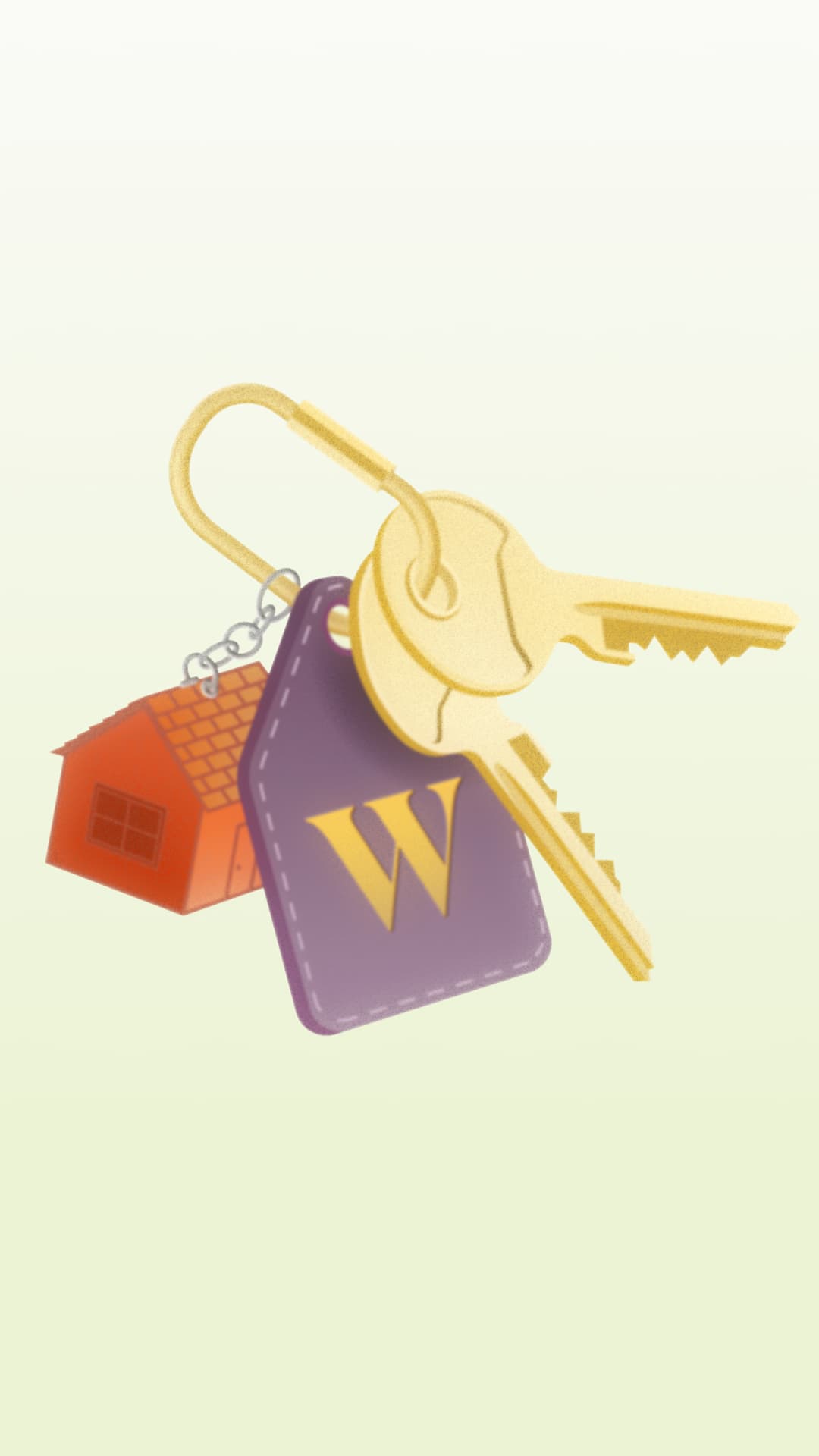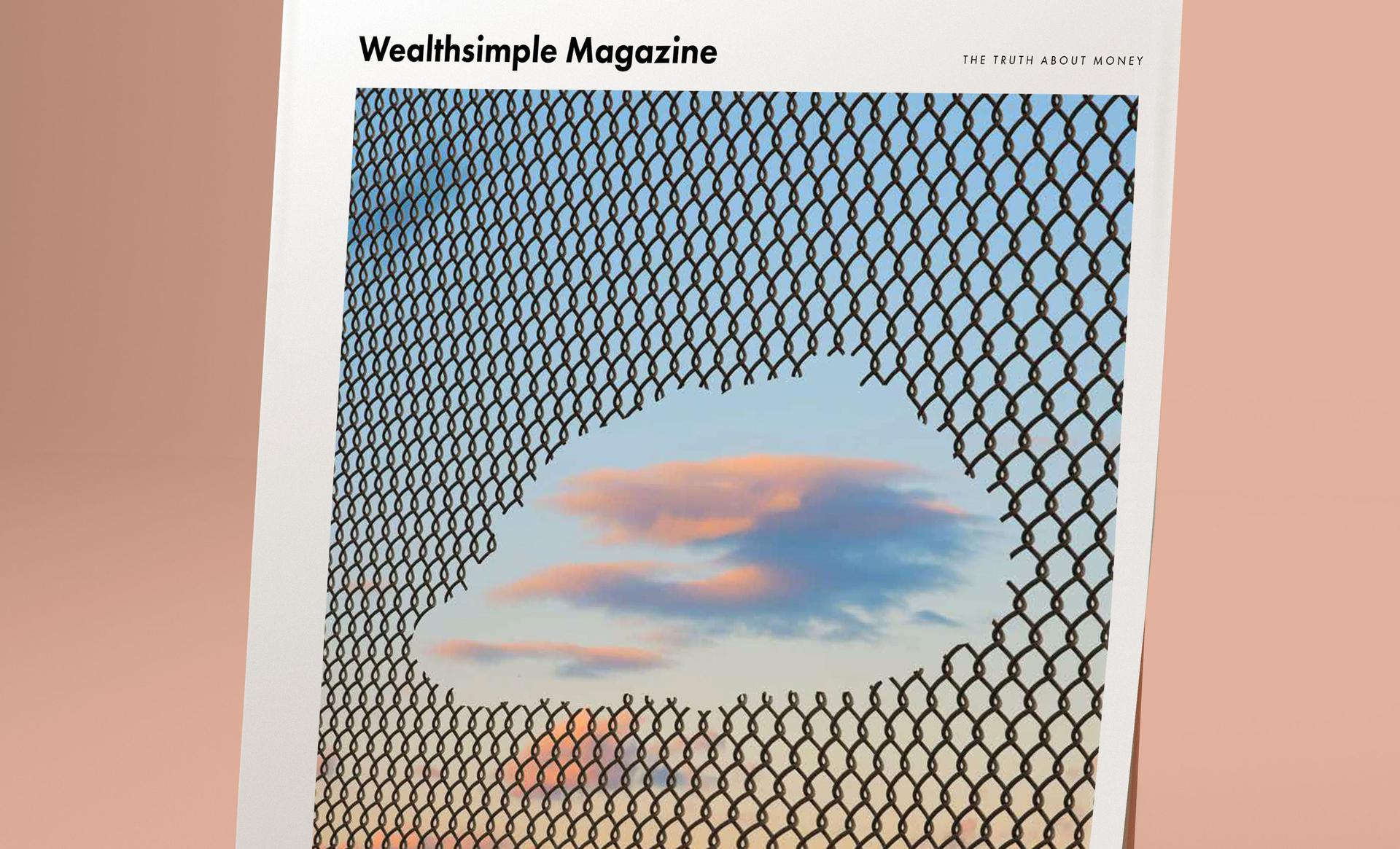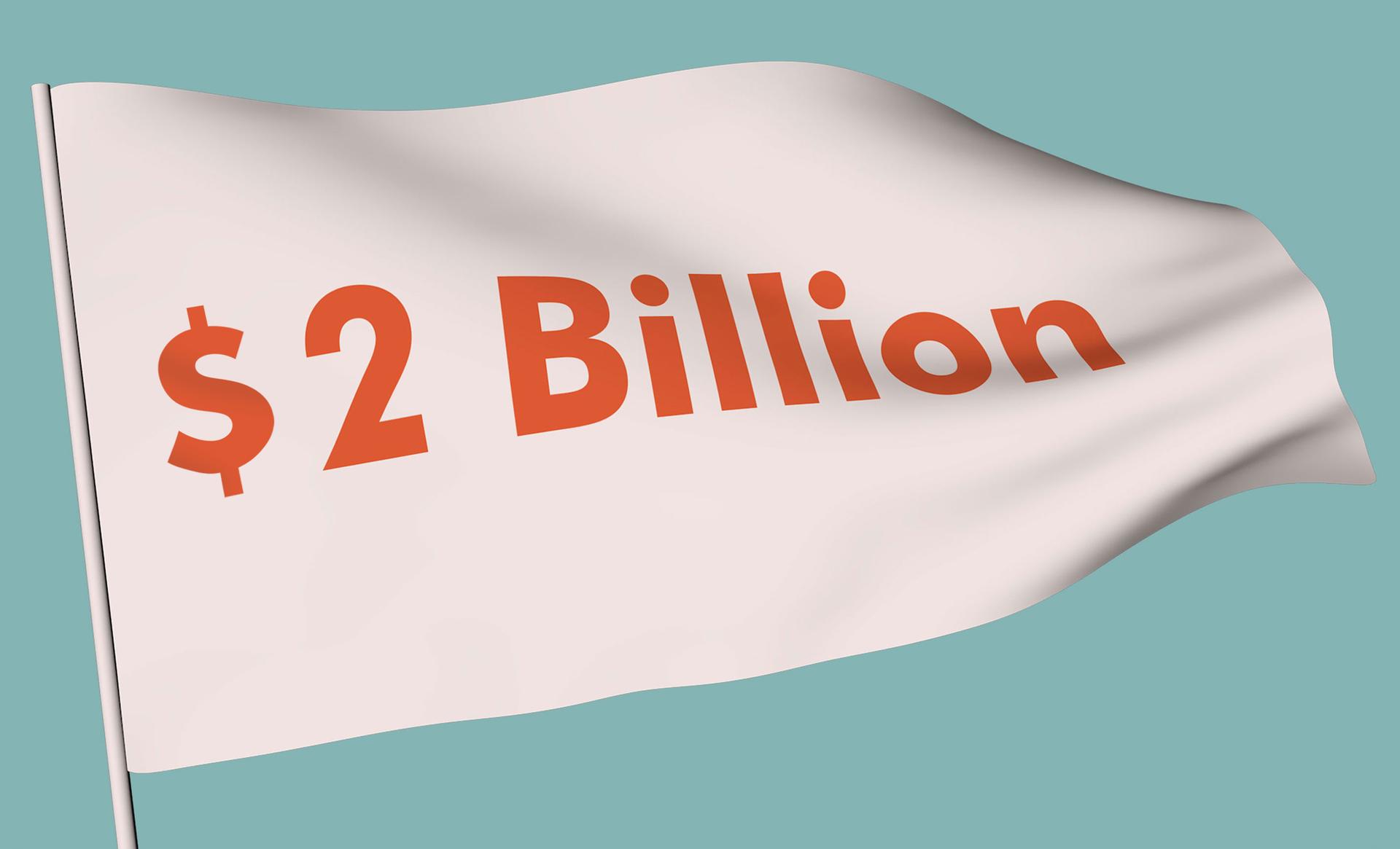
News
The Government Wants to Help You Save Money for Your First Home
The new FHSA lets you save up to $40,000, completely tax-free.
Wealthsimple makes powerful financial tools to help you grow and manage your money. Learn more
A version of this story first ran in TLDR, Wealthsimple’s weekly non-boring newsletter.
Although there was a slight reprieve this summer, housing prices across Canada are still comfortably entrenched somewhere between the troposphere and the stratosphere. Buying a home is basically the most unaffordable it has ever been. The crisis is so dire that Ottawa decided to create a brand new tax-advantaged account. And, in a rarity for modern government, it’s actually pretty helpful. The First Home Savings Account (FHSA) won’t help you settle on the right colour to paint the living room, but it will let you avoid a bunch of taxes as you sock away cash for a down payment.
To celebrate the occasion, we put together this simple guide to understanding exactly what an FHSA is and how to use it.
Thinking about buying your first home? Sign up for your own FHSA with Wealthsimple today.
What is an FHSA?
An FHSA is a tax-advantaged account, like an RRSP or a TFSA. You can contribute up to $8,000 a year, with a max lifetime limit of $40,000. And you can use that money to buy stocks, mutual funds, bonds, GICs, HISAs, etc.
The first big benefit is that the money you put in (up to each year’s limit) is tax deductible, so it instantly lowers what you owe the CRA (tax break #1). Plus — and this one can really save you a lot — whatever income you make on your investments isn’t taxed when you withdraw your money (tax break #2).
How is an FHSA different from a TFSA?
Both are tax-sheltered accounts, but each has different annual funding limits, different rules, and different tax implications. Also, TFSA is easier to say out loud.
In 2023, the deposit limit for a TFSA is $6,500. TFSAs don’t reduce the tax you owe the year you make a contribution, but any money you withdraw from them — including earnings from your investments — will not be taxed. You can also withdraw any portion of your money at any time and for any purpose, without penalty or taxes. Your contribution room rolls over from year to year and starts accumulating when you turn 18. So you can always catch up if you get a late start.
With an FHSA, you can deposit up to $8,000 per year until you reach a maximum of $40,000. Unlike with a TFSA, though, your FHSA contribution room isn’t based on your age. So if you open an account at 18, you have $8,000 in contribution room that first year. If you open an account at 51, you also have $8,000 of contribution room that year. (Open a TFSA account at 51, though, and you get that year’s contribution room plus all the contribution room from the years you weren’t signed up.) That’s why, for most people even considering buying a first home, it makes sense to open an account sooner rather than later. You have until 15 years from the time you open the account — or your 71st birthday, whichever comes first — to actually spend the money. And if you don’t find your dream home before then, you can always transfer everything, still tax-free, into your RRSP. More on that in a second.
Also, and this is a big one, FHSA contributions reduce your taxable income for the year. When it’s time to withdraw your money, you’re not taxed on it — or any gains — either, as long as you’re using it on your first home.
How is an FHSA different from an RRSP?
The biggest difference between an FHSA and an RRSP is that if you withdraw money from your RRSP to use toward a home (you can withdraw up to $35,000 from an RRSP, tax-free, for a home purchase), you’ll have to pay that money back to yourself within 15 years or get taxed. The FHSA doesn’t have a payback requirement.
The other big difference is that, when you eventually take your money out of an RRSP in your golden years, you’ll be taxed on it as income. As long as it’s going toward your first home purchase, the money you take out of your FHSA isn’t taxed at all.
Who’s eligible to open an FHSA?
To open an FHSA, you need to be between the ages of 18 and 71, and a resident of Canada. Also, it’s called a First Home Savings Account for a reason. So if you live in a home you own, or that your partner owns or if you’ve lived in a home either of you owned at any time in the last four years, you’re out of luck. If you’ve recently split with a partner and they own the home you were living in, you just need to live separately for 90 days before you requalify. (Also? Congrats. Your friends are right: they were toxic.)
Is an FHSA actually worth it?
It’s true, $40,000 is a lot to lock up in the hopes of one-day buying a place. And given that the average price of a home in Canada is more than $700,000, you might be wondering if you should even bother, since you’ll need even more than that for a down payment. Well, we don’t like being super prescriptive, but here’s an example to help you think things through:
Let’s say you put $8,000 a year for five years (a total of $40,000) straight from your paycheque, tax-free, into an FHSA and you get an 8% annual return on your investments. In that case, you would end up with $48,810 — that is, your $40K investment plus an $8,810 return. And remember: that money is all yours. You have to pay zero tax on it when you withdraw it for a down payment.
Suppose you instead decide to put $8,000 from your paycheque into a savings account. Well, unlike with an FHSA, you have to pay tax on that money, which, assuming a 32% tax rate, means that, even though your bank statement shows $8K, you had to pay $2,560 in taxes to put it there. Which means it’s effectively only $5,440. If you put that same amount into savings annually for five years and get a 5% yield, you’ll end up with $29,610 (partially because your gains are also taxed). That’s an almost $20,000 difference between an FHSA and savings. Plus, let’s be real: the temptation to use your money on other purchases will probably be greater with savings than with an FHSA.
Is there anyone who shouldn’t use an FHSA?
If you have high-interest debt or don’t have an emergency fund, you should pay off the former and build up the latter before you invest in anything. Also, if you make less than $50,000 a year, you might be better off putting money in your TFSA first.
What if I’m also thinking about saving for retirement? Should I max out my RRSP contribution first?
Here’s another great thing about FSHAs: you can also use them for retirement. At any point in the 15-year lifespan of your FHSA, you can transfer the money, completely tax-free, to your RRSP. And it doesn’t count toward your contribution limit. If you end up finding a house you love and use your FHSA money for that, good for you. But maybe you end up preferring the flexibility of renting or think you can make more money investing in the markets. Then you can transfer your FHSA funds into your RRSP, effectively giving yourself $40,000 more contribution room.
Once I’ve opened an FHSA, how do I spend it?
When you’re ready to buy, you’ll fill out a government form called RC725 — it’s a request to make a withdrawal. Once you’ve got that money, the clock starts ticking: You need to close on your home by October 1st of the year after you make a withdrawal. Otherwise the CRA is coming for what’s theirs.
So, should I open an FHSA?
Tax savings is the closest thing to a free lunch in finance, and FHSAs offer a lot of them. To be sure, there’s some fine print you should read before opening an FHSA. But for many people, it can be the right choice.
The content on this site is produced by Wealthsimple Media Inc. and is for informational purposes only. The content is not intended to be investment advice or any other kind of professional advice. Before taking any action based on this content you should consult a professional. We do not endorse any third parties referenced on this site. When you invest, your money is at risk and it is possible that you may lose some or all of your investment. Past performance is not a guarantee of future results. Historical returns, hypothetical returns, expected returns and images included in this content are for illustrative purposes only.





